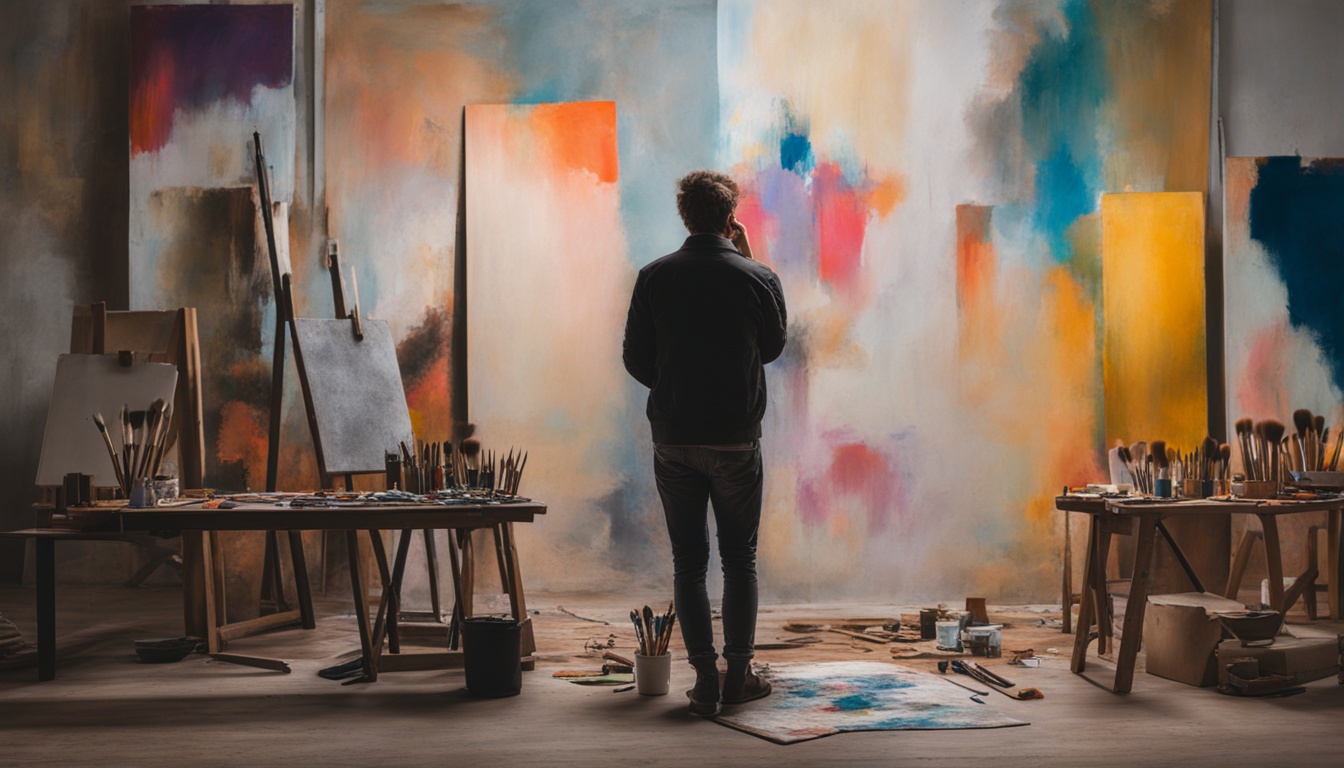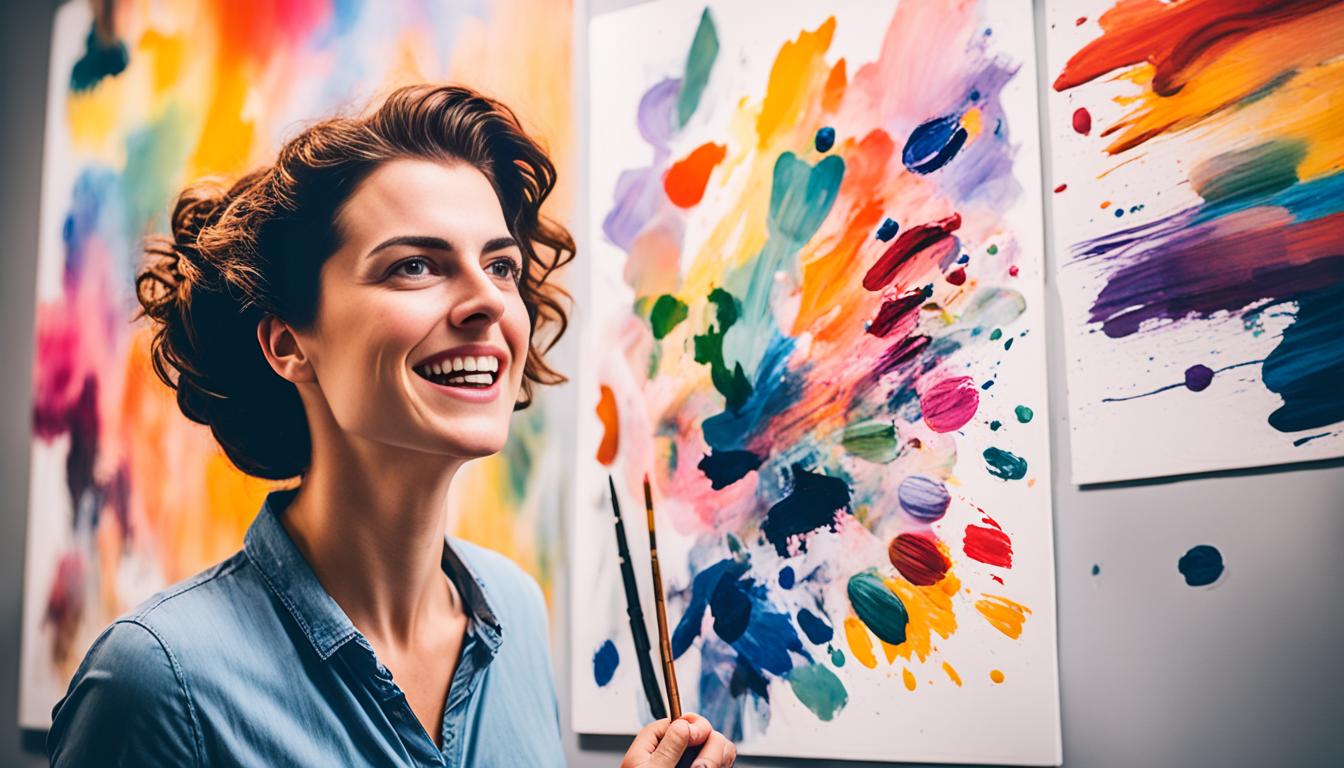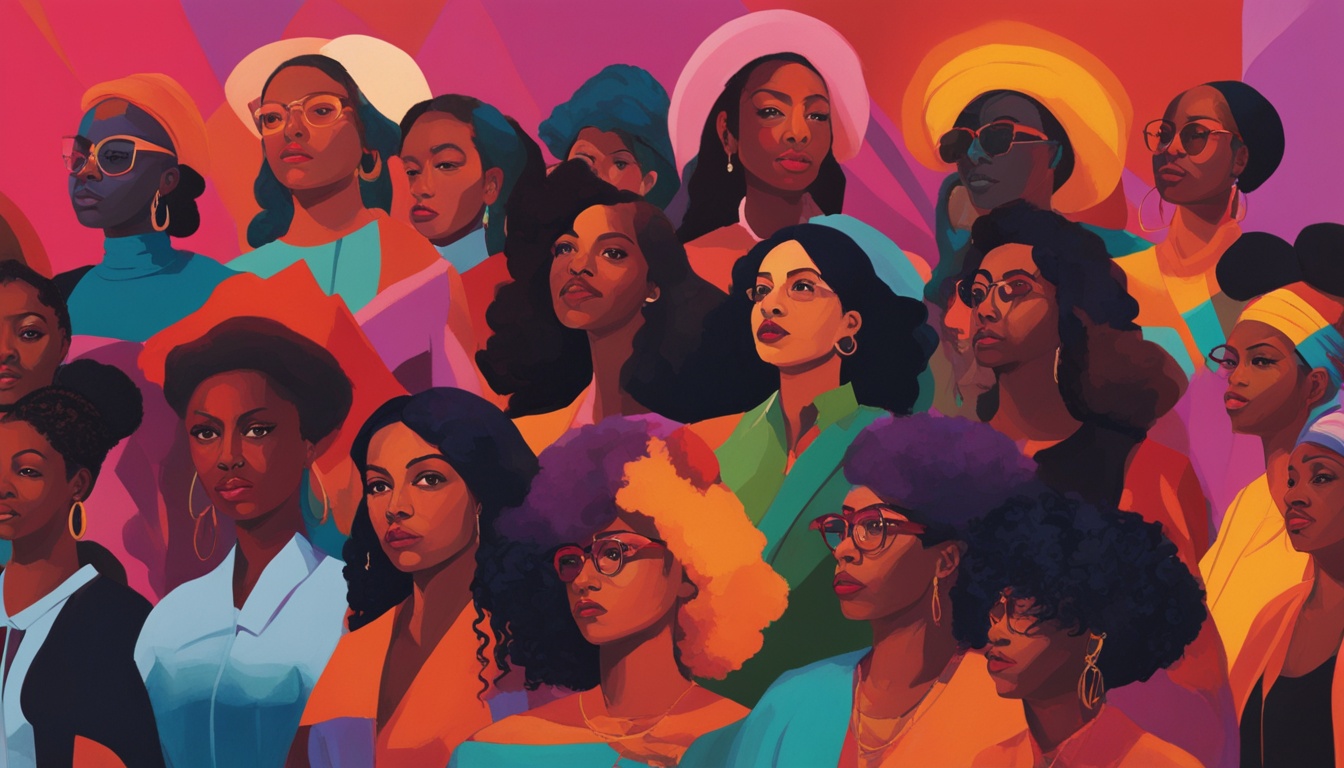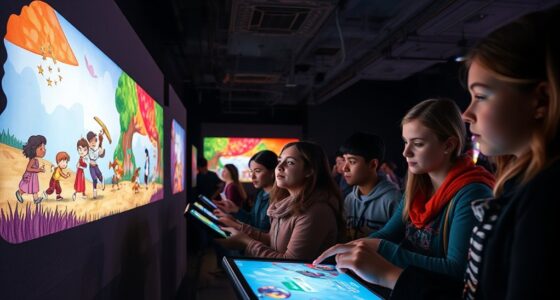Have you ever stood in front of a piece of art, completely captivated, yet unsure of what to think? That moment of contemplation often holds more power than we realize. Art appreciation is not just about looking; it’s about engaging with the beauty of creativity and allowing yourself to feel, understand, and connect with what you see. Each brushstroke tells a story, each color choice expresses an emotion, and each work invites you to explore the artist’s world. In our visually saturated society, we may feel overwhelmed, but diving into art can be a profoundly enriching experience, offering insights into our own lives and the lives of others. As we embark on this journey together, you will discover how to do art appreciation, enhancing your creativity and critical thinking along the way.
Key Takeaways
- Art appreciation enhances creativity and critical thinking.
- Engaging with art fosters emotional intelligence and empathy.
- Documenting your art experiences can improve appreciation skills.
- Exploring art movements adds depth to understanding.
- Art helps connect you with diverse perspectives.
- Learning to interpret visual cues enriches daily life.
Introduction to Art Appreciation
Art appreciation is more than simply observing a painting or sculpture. It involves a profound connection with artistic expression. By exploring the historical and cultural contexts of artworks, you can gain insights into their relevance and meaning, enhancing your understanding art history. This journey uncovers the rich tapestry of human creativity, enabling deeper enjoyment and appreciation of various art forms.
As you delve into appreciating different art forms, you may discover how different movements have shaped artistic expression over time. The Romanticism era emerged as a response to the industrial revolution, shifting the focus to human emotion and individuality. Realism, on the other hand, captured everyday life and ordinary people in its portrayal, marking a significant transition in artistic representation.
Impressionism brought forth a new approach where fleeting effects of light and color took center stage. Artists like Claude Monet used visible brushstrokes to create open compositions that reflected a moment in time. This was later expanded upon by Post-Impressionists, who emphasized geometric forms and vibrant color palettes.
Art movements such as Fauvism and Expressionism prioritized color and emotional experiences, introducing vivid hues and distortion to convey deeper meanings. Meanwhile, Cubism challenged traditional perspectives, allowing viewers to perceive subjects from multiple viewpoints simultaneously. Dada and Surrealism further disrupted conventions, with their embrace of the absurd and exploration of the subconscious.

Each of these movements contributes to understanding art history, revealing the evolution of artistic expression. Abstract art, Pop Art, Minimalism, and Conceptual Art have all left their mark, inviting you to interpret and engage with art on various levels. Your unique personal experiences influence how you appreciate different art forms. Embracing this subjectivity fosters rich discussions and diverse interpretations, ultimately deepening your connection with art.
Benefits of Art Appreciation
Engaging with art unlocks a variety of emotional benefits of art that significantly enhance your life. Immersing yourself in different forms of art not only cultivates creativity but also leads to improved cognitive functions. For instance, various art appreciation programs have attracted considerable attention, with one program hosted by Jennard Galleries receiving over 17,000 views. This illustrates a growing interest in how art positively impacts well-being.
Through the lens of art and mental health, you can experience reduced stress levels while enjoying a boost in your mood. Art allows individuals to process complex emotions, ranging from joy to sadness. Many can relate to the personal connection art fosters, enabling poignant conversations about diverse perspectives and interpretations. As art has served as a communication tool since the days of early civilization, it remains vital in conveying emotions and connecting individuals today.
Beyond emotional benefits, the cognitive benefits of art are noteworthy. Participation in artistic activities has been shown to stimulate critical and innovative thinking skills, particularly in children, thus influencing their development. Taking part in art appreciation courses offers a broad introduction to various artistic expressions while enhancing aesthetic sensitivity and emotional intelligence. Community workshops, online classes, and museum visits all contribute to deeper insights into artistry.
To summarize the multitude of advantages, consider the following table that highlights the key benefits of art appreciation:
| Benefits | Description |
|---|---|
| Emotional Growth | Enhances emotional intelligence and provides a safe space for expression. |
| Cognitive Development | Stimulates critical and creative thinking skills, particularly in early education. |
| Stress Relief | Decreases anxiety, leading to improved mood and overall happiness. |
| Cultural Understanding | Fosters appreciation for diverse cultures and perspectives through artistic expressions. |
| Community Engagement | Builds social connections and encourages participation in local art initiatives. |
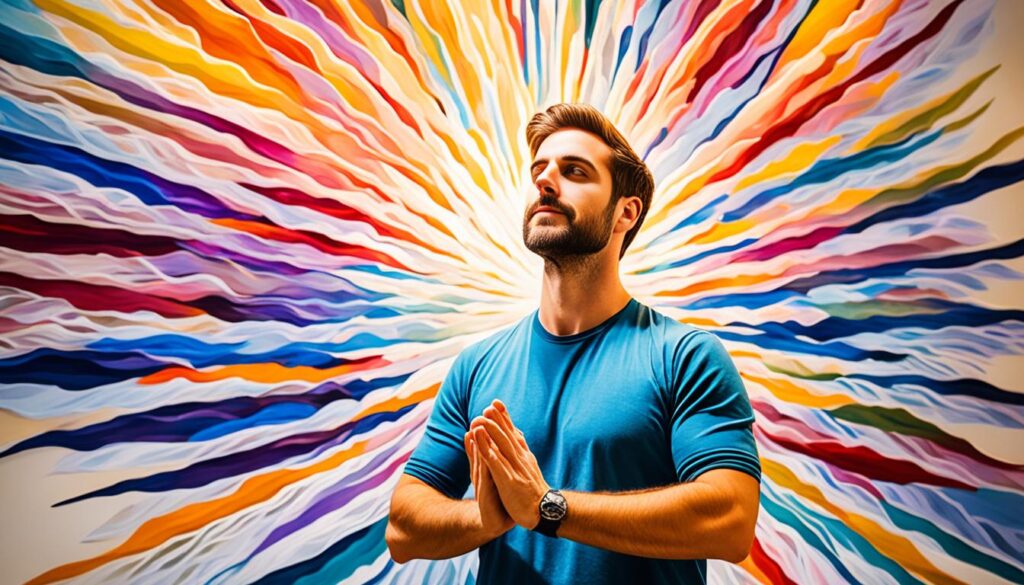
How to Do Art Appreciation
Art appreciation involves not only admiring beautiful pieces but also understanding their contexts and meanings. To engage deeply with art, it’s essential to explore how to do art appreciation through different methods and perspectives.
Understanding Different Art Forms
Start by familiarizing yourself with various art forms, including fine art, contemporary works, and experimental pieces. Explore the rich history of art movements, such as the Italian Renaissance, which highlights the evolution of techniques and styles from the 13th to the 16th century. Delve into still life art involving everyday objects or animals, allowing you to appreciate both natural beauty and symbolism in each piece. This knowledge will enhance your understanding of different art forms and their significance.
Developing an Artistic Eye
Developing an artistic eye requires observing artworks closely, identifying elements such as composition, color, and texture. Consider studying one artist at a time, focusing on their unique techniques and recurring themes. Engaging in hands-on activities like coloring or art lessons can further enrich your experience, making abstract concepts more tangible. Involve tools such as the You ARE An ARTiST Fine Arts Curriculum to guide your journey through art history while enhancing your appreciation for artistic endeavors.
Analyzing Artistic Styles
Analyzing artistic styles involves exploring the emotions and messages conveyed through different techniques and color palettes. Observe how artists express their visions and connect with their audiences across time and culture. Understanding this context will allow you to appreciate the depth of an artwork and the artist’s intent. By engaging actively with art, you can cultivate a deeper appreciation for its beauty and intricate complexity.
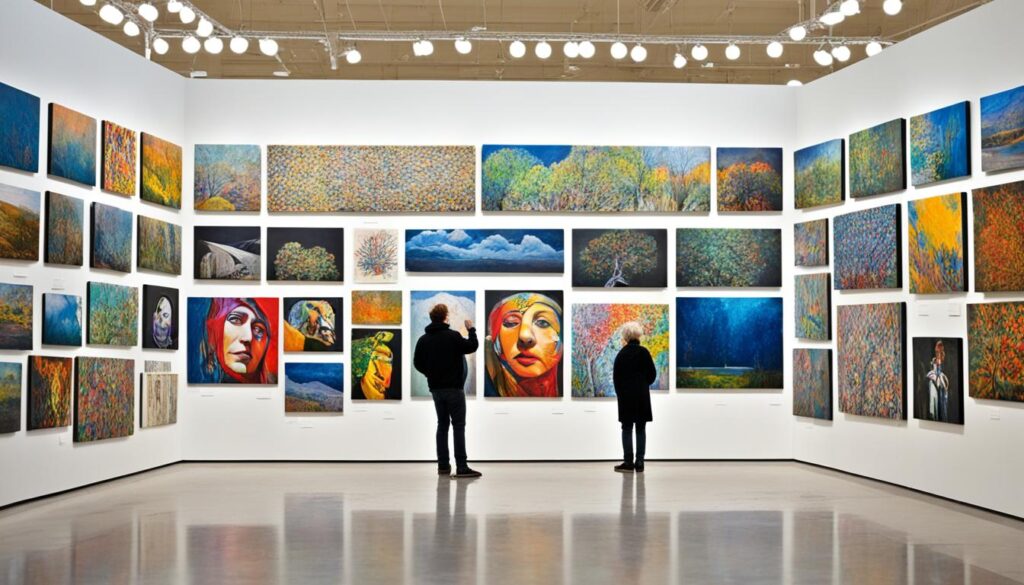
Improving Your Art Appreciation Skills
Enhancing your art appreciation skills involves a variety of effective art appreciation techniques. Employing these methods allows you to engage more deeply with artworks, fostering a better understanding and enjoyment of the creative process. By exploring visual analysis, you develop the ability to see beyond the surface, unraveling the meaning woven into visuals. Immersive experiences, such as visiting galleries or engaging with art in communal settings, can further enrich your journey.
Art Appreciation Techniques
To improve your art appreciation skills, tackling different approaches is beneficial. Here are some key techniques to consider:
- Visual Literacy: Cultivate your ability to read and interpret visual language. This skill is vital for grasping the narratives and emotions conveyed in artwork.
- Focused Analysis: Spend 30 minutes studying a single piece of art at a time. This limited timeframe encourages deeper engagement without overwhelming you.
- Contextual Understanding: Connect art with historical events or cultural backgrounds to gain insight into its significance.
- Artist Exploration: Choose a small number of artists each year to study extensively. This narrow focus allows for a richer understanding of their styles and evolutions.
Interpreting Symbolism in Art
Understanding and interpreting symbolism in art can dramatically enhance your appreciation. Recognizing themes and ideas embedded within visuals results in a more confident approach to discussions and critiques. Here are some strategies for interpreting symbolism effectively:
- Identify Recurring Motifs: Take note of symbols that appear frequently across different works. Understanding what these motifs represent can unlock deeper meanings.
- Research Context: Learning about the artist’s background, the period in which they created, and their inspirations can provide clarity on the intended messages.
- Engage in Discussions: Talk with others about their interpretations. Diverse perspectives can open your eyes to meanings you may have missed.
By employing these art appreciation techniques and honing your skills in interpreting symbolism in art, you will not only become more adept at engaging with artworks but also enhance your overall visual literacy.
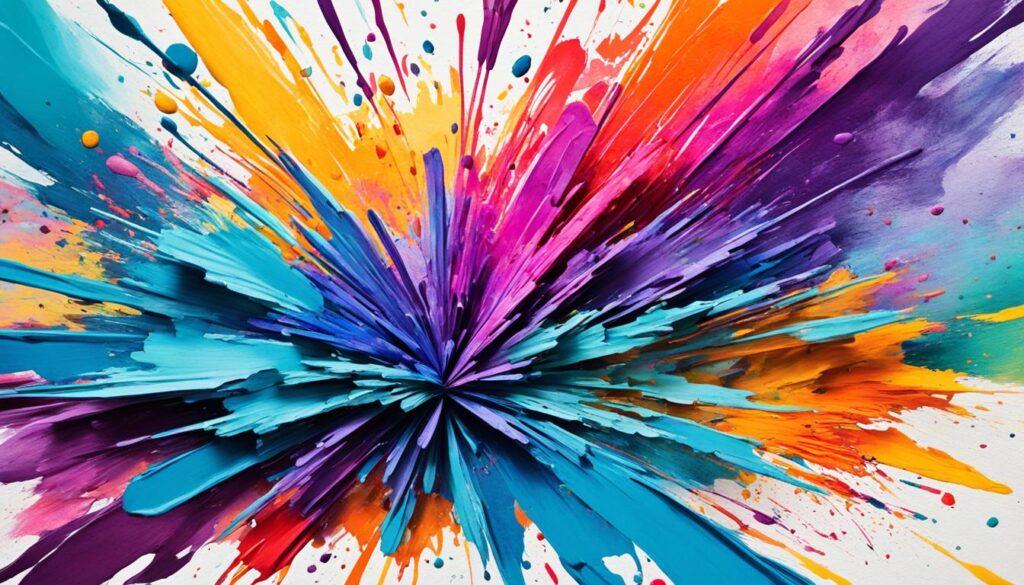
| Technique | Description | Benefits |
|---|---|---|
| Visual Literacy | Ability to read and interpret images | Enhances understanding of visual information |
| Focused Analysis | Studying a work of art for a limited time | Promotes deeper engagement and retention |
| Contextual Understanding | Linking art to historical or cultural events | Provides insights into significance |
| Artist Exploration | Studying a few artists in depth | Rich understanding of artistic styles |
Cultivating Art Appreciation Skills
Cultivating art appreciation skills involves a journey into the emotional connection to art. This journey can begin at a very young age, reflecting a notable trend in parenting where children are introduced to artistic experiences early in life. Engaging in art not only enhances cultural awareness but also enriches language development through shared family discussions about art.
Immersing yourself in creative practices can help deepen your personal connection to art. Consider bringing art into your daily life via various enjoyable activities. For instance, setting aside time to journal about your observations and emotions when experiencing different artworks can solidify your understanding of personal preferences. Attending local galleries or exhibitions provides interaction with diverse artistic traditions, fostering a broadened perspective on beauty and creativity.
To further develop your skills, consider exploring fundamental art elements—such as line, shape, color, and texture. These components create a structured approach to fostering your appreciation. Engaging with children’s books focused on art can also be beneficial, as they often provide accessible insights and interactive questions that inspire thoughtful discussions.
As your appreciation grows, challenge yourself to think critically and engage in meaningful dialogues about art. Discussing artworks that evoke strong feelings can foster emotional intelligence and empathy, enhancing your ability to connect with others. Explore different artistic styles and techniques, encouraging yourself to innovate and express your thoughts through your artistic endeavors.
Art serves as a visual record of history and societal changes. Understanding this context allows you to connect art with broader themes, enriching your insights and overall appreciation. A commitment to cultivating art appreciation skills cultivates your aesthetic sensibility and nurtures a lifelong passion for creativity.
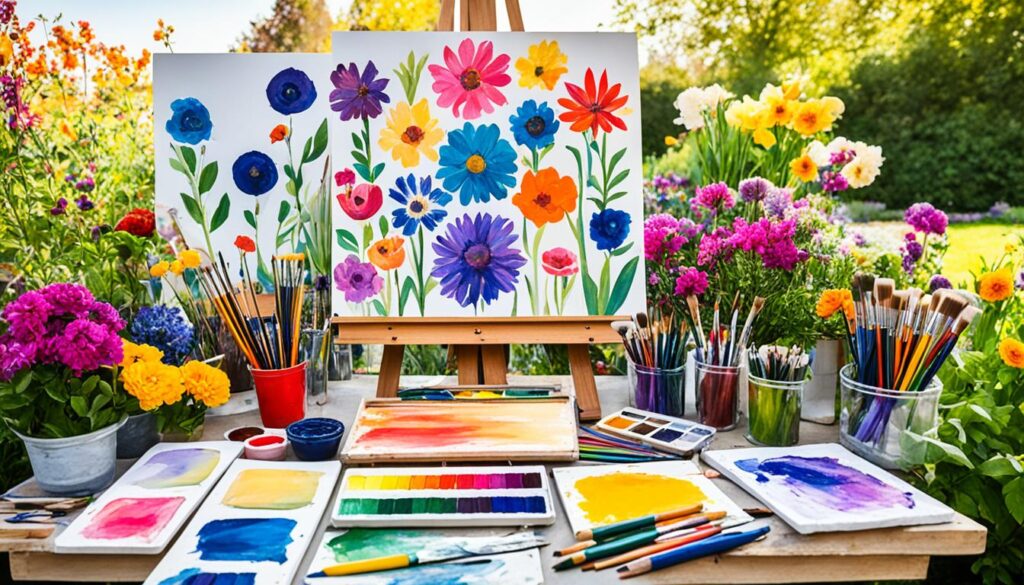
Incorporating Art Appreciation into Daily Life
Incorporating art appreciation into daily life can transform your experiences and bring a fresh perspective to your surroundings. Engaging with different art forms can elevate your mood and stimulate creativity. You might consider visiting local galleries or museums, as the visitation rates to these spaces have significantly increased over the years. Staring at great art can evoke feelings similar to falling in love, leading to increased dopamine levels that enhance pleasure and reward in the brain.
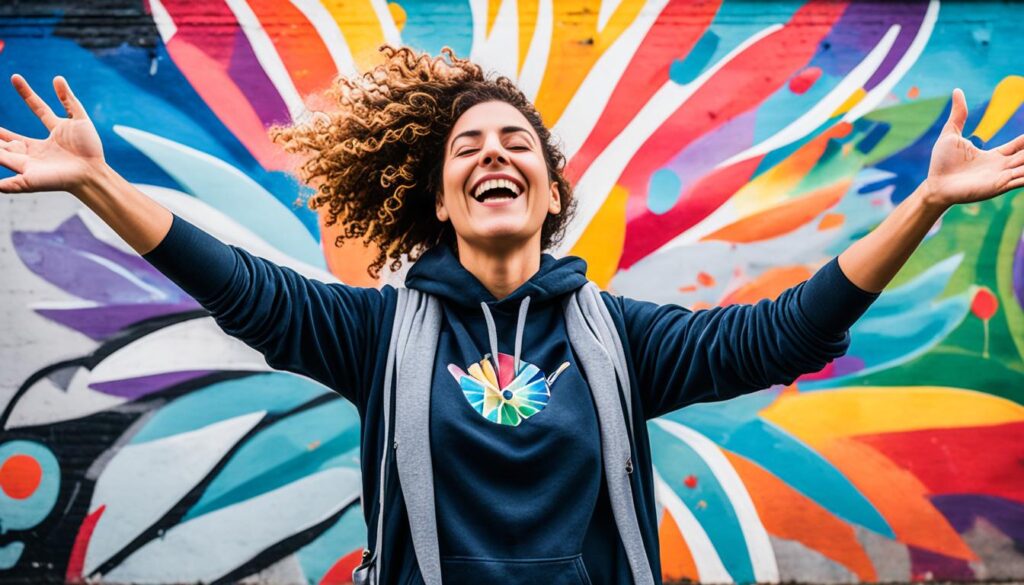
Creating dedicated art spaces at home enhances your environment and invites creativity. Each piece of art can inspire a visual story that resonates with your personal experiences. Reports indicate that 50% of people who fill their homes with art experience a greater sense of calm and well-being. This connection to art not only decorates your living space but nourishes your mind.
Integrating art into daily routines allows you to find beauty in everyday moments. You can engage with art through various avenues, such as:
- Taking a few moments daily to observe art pieces in your home.
- Listening to music from different composers to understand their impact on culture.
- Participating in community art events or workshops.
- Keeping a nature journal to explore your creativity through sketching while observing the world around you.
Research indicates that 70% of individuals who embrace art appreciation in their lives report feeling more inspired. You can elevate your engagement by studying four to five different artists each year or dedicating specific days for artistic pursuits, like establishing Fine Arts Fridays. By sharing these experiences with family and friends, you deepen your connection to art and foster a sense of community.
Overcoming Challenges in Art Appreciation
Many individuals encounter significant barriers when engaging with art, often feeling unsure or intimidated by their lack of formal training. In the realm of art appreciation, overcoming challenges can lead to a richer understanding of artistic expression. Emphasizing that art appreciation is ultimately a personal experience can help alleviate these feelings. Each viewer brings their own interpretations and perspectives to a piece, making art an accessible journey.
Breaking Down Intimidation Barriers
To begin breaking down intimidation barriers, consider the following strategies to enhance your art appreciation journey:
- Start with Personal Preference: Explore artworks that resonate with you, allowing personal emotion and connection to guide your exploration.
- Participate in Discussions: Engaging in discussions about art with friends or community groups fosters a supportive environment, encouraging insights that deepen your understanding.
- Visit Local Art Exhibitions: Immersing yourself in local artistic communities can provide opportunities to engage with artists and their works in a relaxed setting.
- Educate Yourself: Consider reading books or watching documentaries about art history and movements, enhancing your background knowledge and comfort level.
- Embrace Subjectivity: Recognize that your interpretations are valid, fostering a non-judgmental space for self-expression and appreciation.
Statistics reveal engaging realities. A significant number of Gen Z students feel disconnected from art, often associating it with school assignments rather than personal exploration. By implementing more personalized approaches to art education, individuals may find renewed interest and respect for various forms of artistic expression. Remember that overcoming challenges in art appreciation takes time and practice, leading to rewarding experiences.

| Strategy | Description |
|---|---|
| Personal Preference | Identify art that speaks to you personally, fostering genuine connections. |
| Engagement | Create discussions with peers to share insights and interpretations. |
| Community Involvement | Attend local exhibitions to engage with artists and their works. |
| Self-Education | Explore books and documentaries to broaden your understanding of art. |
| Embrace Interpretations | Valuing personal interpretation promotes subjectivity in art appreciation. |
Conclusion
Art appreciation serves as a vital conduit to unlock beauty in creativity. Throughout this article, we’ve explored the multifaceted benefits of immersing yourself in the world of art, emphasizing that your artistic ability is predominantly rooted in appreciation—an enlightening realization that it is about 90 percent appreciation and just 10 percent creation. By fostering this appreciation, you can enrich your life, connecting deeply with not only your own artistic endeavors but also the works of others, providing a broader understanding of the human experience. Writing about ceramic art appreciation allows you to delve deeper into the intricate details and symbolism present in the medium. It also provides a platform to share your insights and interpretations with a wider audience, sparking meaningful conversations and expanding the reach of art appreciation. By actively engaging in writing about ceramic art appreciation, you can foster a sense of community and camaraderie among fellow art enthusiasts, further enhancing the overall experience of appreciating and creating art.
Institutions like the College du St Esprit exemplify the importance of nurturing both creative and athletic skills—an approach that adds value to a well-rounded education. Through personal stories, such as those stemming from the Indian Institute of Technology, Kanpur, we see how varied artistic expressions—whether through sculptures, sketches, or technical drawings—can enhance your ability to engage with and analyze various forms of art. It’s clear that understanding art’s principles and elements can be incredibly rewarding.
As we look forward, the role of artificial intelligence in facilitating art appreciation stands out as a hopeful development. AI has the potential to unlock your artistic potential, bringing light and creativity into your everyday life. With the imminent opening of the Arkansas Museum of Fine Arts Galleries and access to recommended readings, you have ample resources to engage more deeply with art. Embrace your journey in art appreciation, and let it serve as a source of inspiration and personal growth.
